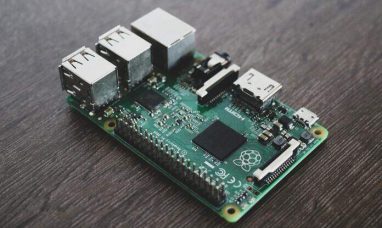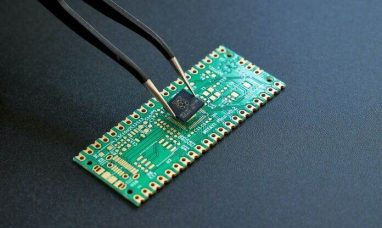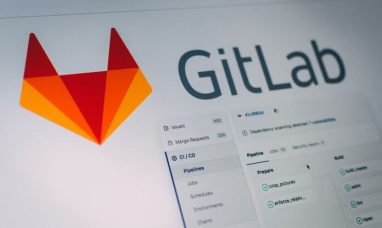NIO (NYSE:NIO)
China’s stock market had a solid start to the year on the back of optimism after the end of covid lockdowns but has since stalled. Due to the termination of subsidies, NIO (NYSE:NIO) will be unable to speed up EV deliveries until 2023. For now, I am still bullish on the Chinese electric vehicle maker that stands to gain from the whole ongoing opening of the Chinese economy and therefore spark a rise in most Chinese companies.
A Sluggish Restart
Chinese reopening has been sluggish, perhaps because of covid instances and a general unwillingness to spend. On their earnings call for Q4’22, Baidu, China’s largest search engine, indicated that a surge in COVID-19 instances hurt the economy.
We are confident about our approach to reaccelerate sales growth in the following quarters, even if COVID-19 affected our first — fourth-quarter performance. Our online marketing income from the Cloud has risen again in Q1, especially in the healthcare, travel, business services, and leisure sectors.
Given no significant new interruptions, we anticipate continuing this recovery trend, allowing us to capitalize on China’s pent-up demand and enhance our online marketing income.
There is no question that the Chinese market will reopen in full. The pace at which NIO and the EV industry bounce back from January’s dismal deliveries is an open issue.
With a poor start to 2023, NIO only delivered 8,506 units in January. A record number of 15,815 EVs were delivered by the end of 2022.
The industry blamed January’s poor delivery rates on the Chinese New Year holiday, yet that celebration takes place every year. NIO’s monthly delivery rate has been known to decline over the month, but this year it fell by a shocking 46%.
During NIO Day 2022, which took place on December 24 of that year, the company unveiled two new models: the EC7 and the ES8, with shipping beginning in May and June of the following year. New car releases dampened demand, and the termination of EV subsidies contributed to the delivery problem in January. Another note is that NIO’s monthly earnings reports could have been much better since the Chinese New Year was moved to February.
In five European nations, the business has begun selling electric vehicles on a subscription basis. Investors must reconcile these sales when the business announces Q4’22 statistics on March 1. These units need to be included in the delivery figures.
Upcoming Q4’22
Due to NIO’s long reporting lag, investors may need more insight from the Q4 results. Examination of the expense pattern and the current cash position are the two other significant points of interest in the December quarter’s financials.
The Q1’23 business forecast and the discussion of the Chinese recovery will be of the utmost importance to investors on the results call. Yet, investors must take this figure with a grain of salt.
The following Q1’23 projections were made by NIO’s management team when the company presented its Q3’22 results.
Vehicle deliveries are anticipated to range from 43,000 to 48,000 units, an increase of around 71.8% to 91.7% compared to the same quarter in 2020.
Total sales are anticipated to range from RMB17,368 million (US$2,442 million) to RMB19,225 million (US$2,703 million), an increase of roughly 75.4% to 94.2% over the same quarter in 2021.
At the end of December, the business lowered its car delivery predictions to 38,000 and 39,000 EVs. Still, it reported a significant increase in that number, near the initial low end of its Q4 forecast. In the December quarter, NIO actually delivered 40,052 units.
This figure has already been established; thus, the focus of the quarterly report should be on actual February deliveries and March indicators. Without a significant recovery in February deliveries, the market is unlikely to have much faith in the forecast for March. As was previously reported, NIO tends to struggle in February and needs help providing reliable delivery estimates.
The Chinese EV manufacturer explained the decrease in February’s shipments due to the holiday. After suffering through it in January, NIO won’t have to worry about it again this year.
Market participants will look for a reduction in quarterly losses and an increase in quarterly deliveries in the fourth quarter after NIO missed its financial forecasts. Quarterly losses for the Chinese EV manufacturer were $0.30, and analysts expect the same for Q4.
After a rough first quarter, investors are looking for signs that the firm will be able to significantly reduce its quarterly losses in the remaining months of the year. Despite having over $7 billion in the bank as of the end of September, NIO nevertheless lost around $500 million in Q3 alone. This loss rate cannot be maintained.
This year’s tailwind and rising sales in Europe should begin to materialize in the second quarter as the Chinese reopening takes effect. If NIO can complete the year with a quarterly deficit in the $0.10 level, that would be less than expected and will put the Chinese EV maker on track to turn a profit by 2024, four years earlier than previously projected.
Takeaway
A significant part of the investing choice here is betting on the boost from the Chinese reopening. This is the main takeaway for investors. As NIO has dropped to new lows, investors may still profit from China’s eventual reopening, despite the country’s having passed through the worst of the covid infection crisis.
NIO’s stock price is barely 1x 2023 sales projections and much lower when adjusted for EV. When the Chinese EV firm makes headway towards reducing the cash burn and minimizing the possibility of having to dilute shareholders, the stock becomes extremely inexpensive.
Featured Image: Pexels @ Life Of Pix









